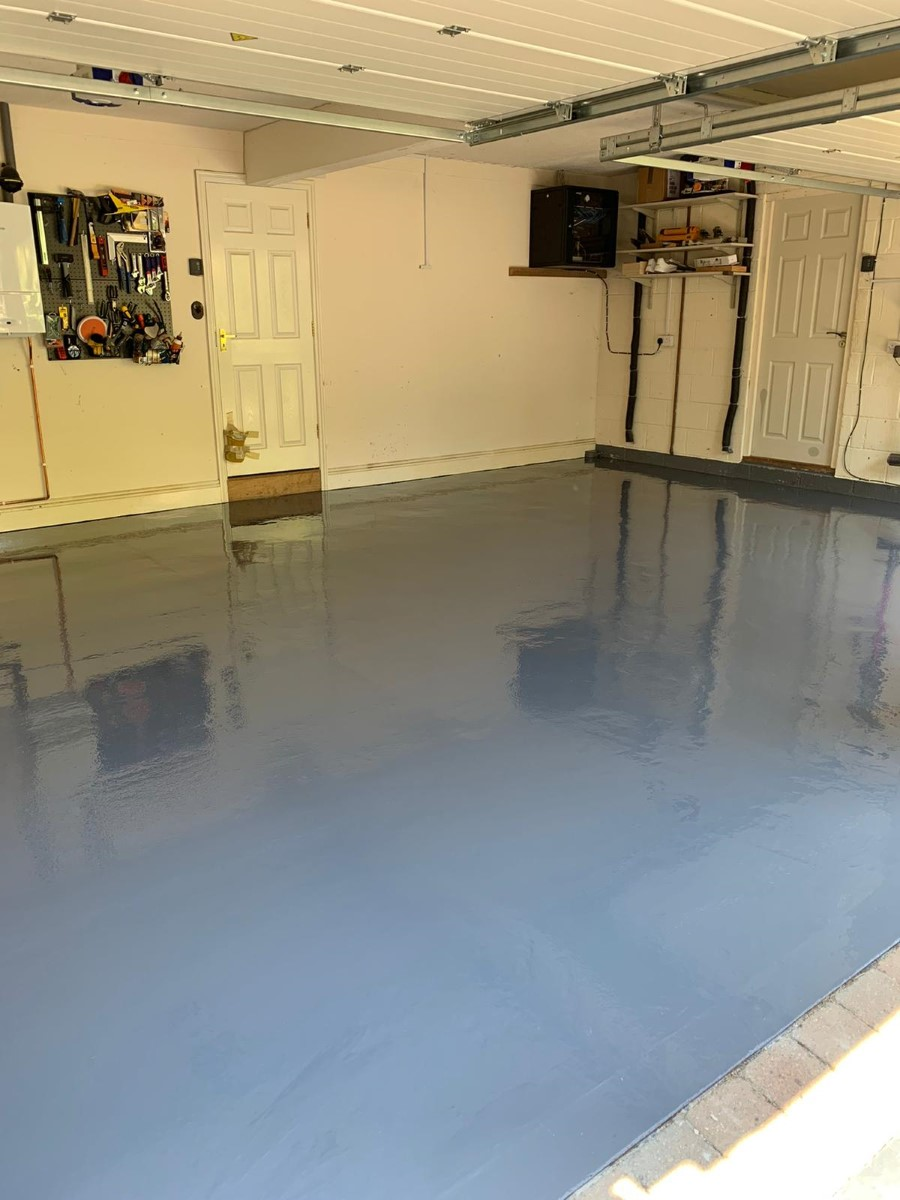Epoxy flooring has gained popularity for its durability, sleek appearance, and resistance to chemicals and wear. However, the longevity and visual appeal of an epoxy finish depend heavily on one critical factor—surface preparation. Whether it’s for a commercial workspace or a residential garage, getting the foundation right ensures a flawless and long-lasting result. If you’re considering epoxy flooring Brighton projects, follow these steps to prepare your surface like a pro.
- Inspect the Current Condition of the Floor
Before diving into any coating process, inspect the concrete surface thoroughly. Check for visible cracks, spalling, or uneven areas. If the floor has been previously painted or sealed, you’ll need to remove the existing layer to allow proper adhesion of the new epoxy. Moisture is another concern—perform a simple moisture test by taping plastic sheets on the floor for 24 hours. If condensation forms underneath, it indicates moisture issues that must be addressed before coating.
- Clean Thoroughly and Remove All Contaminants
Dirt, oil, and grease are common contaminants that prevent epoxy from bonding effectively to the concrete. Use a heavy-duty degreaser or concrete cleaner to scrub the floor. In garages, oil stains are particularly stubborn. Consider using a mechanical scrubber for better results. The goal is to have a completely clean, dry surface free from any residue that could interfere with adhesion.
- Repair Cracks and Imperfections
Once the surface is clean and dry, the next step is to patch any cracks, chips, or holes. Use a concrete patching compound or epoxy filler depending on the size and depth of the damage. Allow the repaired areas to cure completely before moving on. Skipping this step can lead to an uneven finish and reduce the lifespan of the epoxy coating.
- Profile the Surface for Better Adhesion
Surface profiling is essential for allowing the epoxy to penetrate and grip the concrete. This can be done by either acid etching or mechanical grinding. While acid etching is more accessible for DIY enthusiasts, mechanical grinding provides a more consistent and professional result. The objective is to create a slightly rough texture, similar to medium-grit sandpaper, which is ideal for epoxy adhesion.
- Remove All Dust and Debris
After grinding or etching, the surface will be covered in dust and debris. Vacuum the floor thoroughly and follow up with a damp mop to pick up any remaining particles. Allow the surface to dry completely before applying the primer or base coat. Even the smallest particles left behind can cause imperfections in the final finish.
- Test a Small Area First
Before applying the epoxy to the entire floor, test a small, inconspicuous area. This allows you to see how the surface reacts and ensures there are no unforeseen issues with adhesion or colour consistency. It also gives you a chance to adjust your technique for better results on the main application.
Conclusion
Surface preparation is the backbone of a successful epoxy flooring project. From cleaning and repairing to profiling and testing, each step plays a vital role in achieving a smooth, professional finish. Whether you’re working on a large commercial facility or planning an epoxy garage floor Winchester transformation, proper prep ensures your efforts won’t go to waste.
For homeowners and businesses looking to upgrade their floors with durable and visually striking epoxy solutions, Garage Upgrade offers high-quality products tailored to every need. Their comprehensive range includes all the materials and tools necessary to execute a flawless installation, backed by expert guidance and dependable service.

